Original URL: https://www.theregister.com/2010/12/14/2010_best_dslrs/
This year's DSLR stars
Optical profusions
Posted in Personal Tech, 14th December 2010 07:00 GMT
2010: it's a wrap

This year, HD video on a DSLR wasn’t just something that would be nice to have, it was pretty much de rigeur. Shop around and it seems high definition video features on just about anything with a lens on it. However, there’s HD video and there’s HD video, or to put it another way, there’s full HD video 1080p (1920 x 1080) and there’s the other one: 720p (1280 x 720).
The purists were undoubtedly irked at video dominating discussion on the features and innovations that appeared to enhance still cameras. Yet, there was no escaping the fact that HD video on DSLR cameras was here to stay and if you need any convincing, just take a look at what’s been on offer this year.
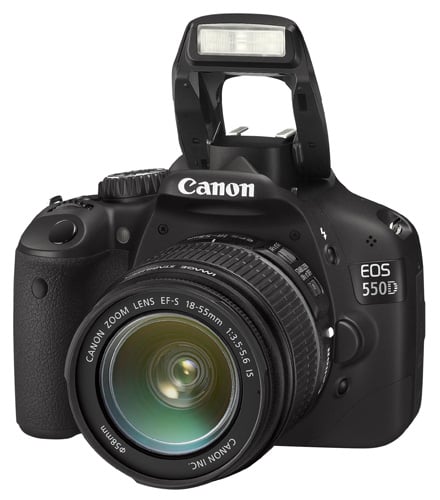
Canon EOS 550D
Canon’s EOS 550D appeared at a time when those who couldn’t quite afford the EOS 7D were looking rather woeful. While no substitute in terms of build quality – the EOS 7D has a magnesium alloy body – for around half the price, the EOS 550D’s steel and plastic construction was easily overlooked given what else was on offer. Certainly video attracted the attention of those seeking to achieve a filmic look, given the array of lenses available from Canon. Indeed, this camera not only delivered 1080p video resolution, but at useful frame rates for PAL and NTSC, including 24p.
With an 18.1Mp CMOS sensor married to Canon’s Digic 4 processor, the EOS 550D captured low noise images allowing users to shoot with confidence at high ISO ratings. Fully customisable, with Live View and a rear screen that showed 100 per cent of the image, there was little for the Canon faithful to complain about here, apart from the new LP-E8 battery type, incompatible with previous EOS cameras.
Power points
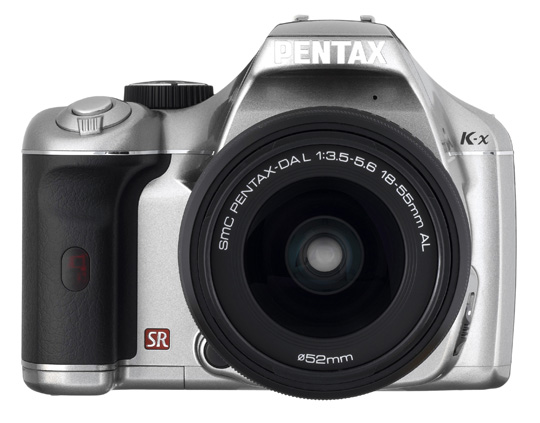
Pentax K-x
Talking of batteries, the Pentax K-x didn’t receive complaints of proprietary power packs, as it relied on four AA cells to bring it to life. This choice of batteries helped keep the camera’s initial price down and, for many, is the preferred option as these cells are available anywhere. While the Pentax K-x could knock out 720p video at 24fps, internal noise was a bit of an issue on the audio, and there was no external mic option.
However, stills photos fans were in for a great deal, given that one of the winning features of the Pentax K-x was its 18-55mm kit lens. Armed with extremely sharp optics, the camera proved to be a great low light performer too, with a 12800 ISO capability, if needed. The dedicated Live View button was a nice touch and its small size had appeal to those moving up from a compact. With a respectable 12.1Mp sensor, image stabilisation in the body (rather than the lens), the Pentax K-x was certainly one of the best all-rounders of the year, at a price that made it even harder to resist.
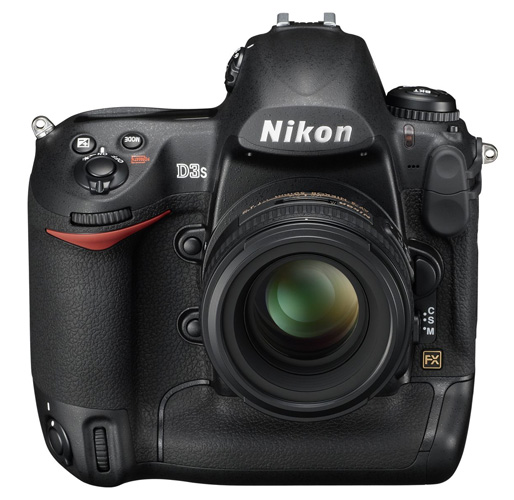
Nikon D3s
Now, if money was no object when shopping for a DSLR in 2010, then a look at the higher end Nikon models would have naturally been in order. At over £4,000 for the body only, the Nikon D3s was aimed at professional sports and wildlife photographers. With its full-frame 12.1Mp sensor, the D3s was all about low light and low noise photography – ISO 102400, anyone? Indeed, grabbing light, either in dim conditions or due to a fast shutter speed, is what the D3s thrived on, offering 9fps continuous shooting at full-frame and 11fps in the smaller DX format.
The size and weight of the D3s gave it pro gravitas too, with its EN-EL4 battery notching up around 4300 shots per charge. The D3s managed just a nod to video with its 720p/24fps functionality, that Nikon justified by claiming that most videos are for Internet use only. Undoubtedly, the emphasis was to deliver a camera with outstanding low light sensitivity to use in the great outdoors. Here, the Nikon D3s offered a performance that, with every shot, wouldn’t fail to show you where your money had been spent.
Guide numbers
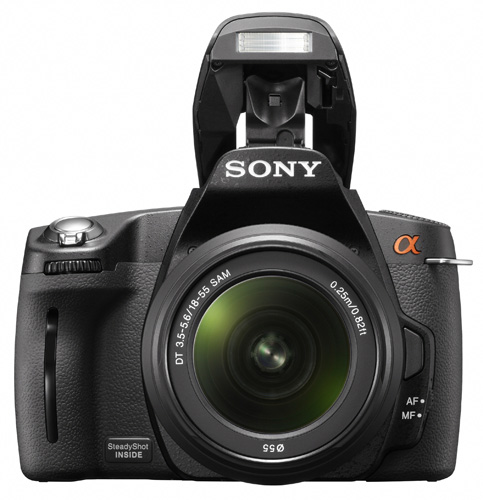
Sony Alpha A-290
Back in 2006, Sony acquired Konica Minolta and, among other things, applied this established lens mounting system to its DSLR range. Like Pentax, the Sony also builds image stabilisation into the camera body, so older lenses will benefit from IS technology too. While Sony can offer you full-frame Alphas – that’ll leave you with more change than say, a Nikon – it also has an accommodating range of entry-level models available too.
For £400, the Sony Alpha A-290 was a tad pricey when it first appeared, but is looking like a definite bargain these days. Shop around now though and you can pick it up for under £300 and that’s with the 18-55mm kit lens. For those with Minolta or Konica gear of old, and yet to dip their toes in the DSLR waters, the A-290 provided an inexpensive opportunity to experiment – bearing in mind the 1.52x APS-C crop factor of the 14.2Mp CCD sensor. Accessories aside, the kit lens on the A-290 turned out to be pretty good too.
The A-290 also offered on-board guidance – with its intuitive graphics providing all the information needed for more creative shooting in different environments – making it ideal for enthusiasts upgrading from a compact and beginners alike. As for the bottom line, the A-290 would take great pictures with acceptable noise levels even up to ISO 1600. There's no Live View or video on the A-290 and Sony has only recently introduced video on its mid-range DSLRs, so it could be another year before we see it as a feature on Alphas at this price point.
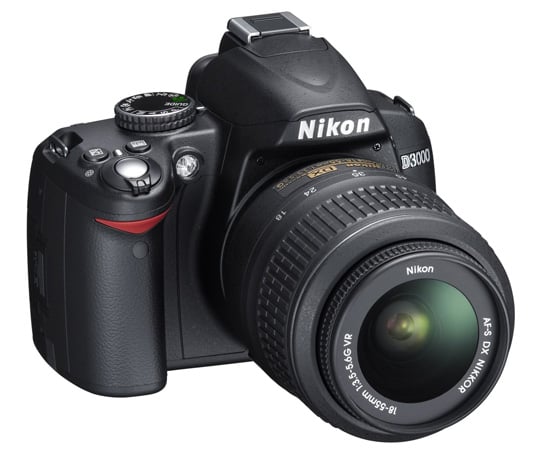
Nikon D3000
An outright hit in 2010, the 10.2Mp Nikon D3000 has recently been overshadowed by the D3100, its 14.2Mp successor. Comparing the two, Nikon has raised the bar in terms of features, yet it was the image quality of the D3000 that won this camera’s arguments for it during the year. While the D3000 lacked Live View and video recording – now featured on the D3100 – both shared the Guide Mode in-camera assistance. This is more comprehensive than that offered on the entry-level Sony Alphas, and showed sample images to illustrate photographic effects.
Nikon’s know-how was in evidence in the handling of the D3000 too, as the controls were sensibly laid out, intuitive and easy to operate. For those moving up from a compact, the D3000 was fairly small, lightweight and certainly not a burden, especially when measured up against some of the more ambitious superzoom bridge cameras. A terrific performer in terms of both handling and image quality, the Nikon D3000 offered a way in to explore an ever-expanding range of optics designed to accommodate all means of photographic endeavour. ®
Reg Ratings
Nikon D3s 90%
Canon EOS 550D 85%
Pentax K-x 80%
Nikon D3000 80%
Sony Alpha A-290 75%